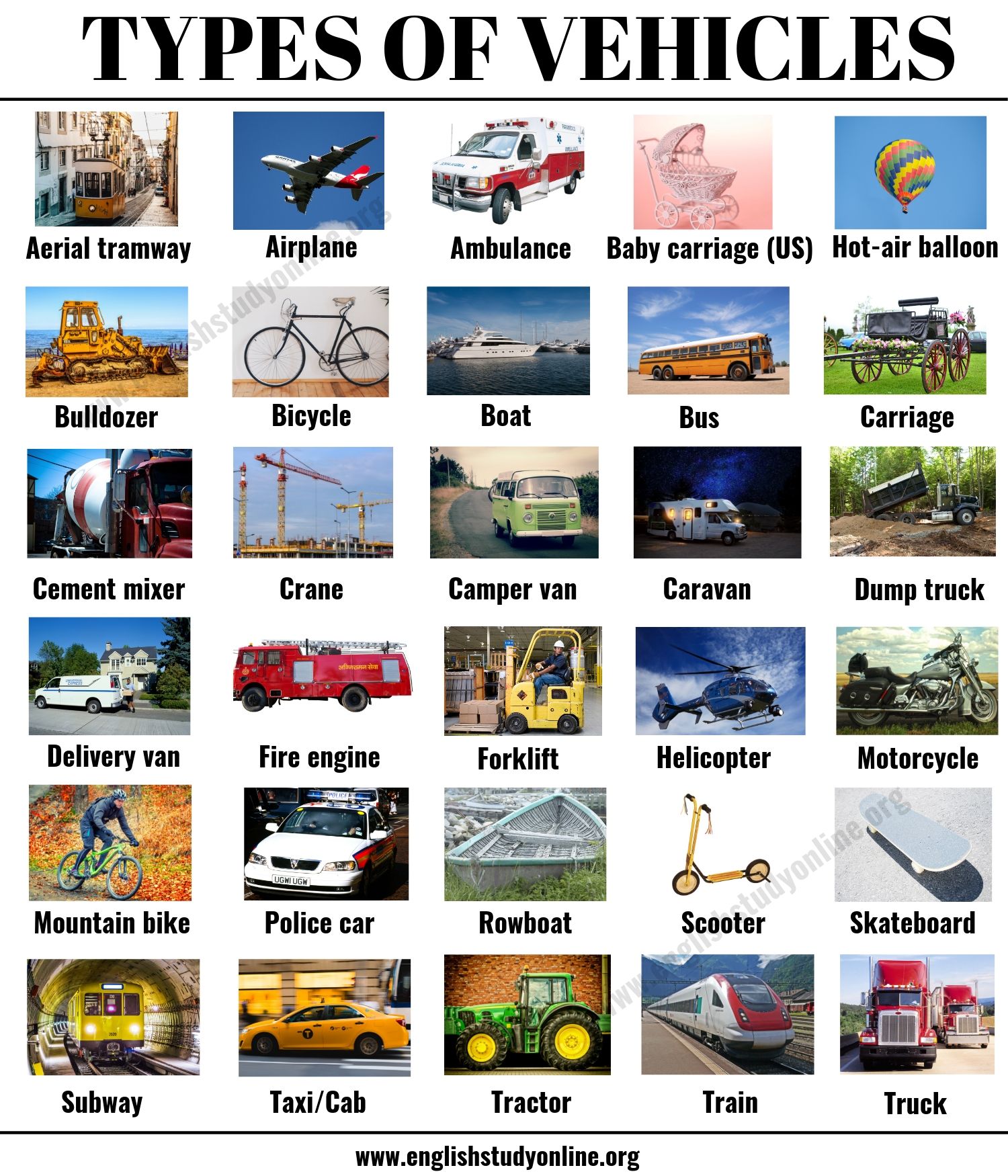When the heavens churn and dark clouds loom ominously ov erhead, many find themselves hastily retreating into the shelter of their vehicles. Cars, much like acorn-sized vessels in a tumultuous sea of thunder and lightning, are often viewed as bastions of safety. However, an intriguing question flickers to life amidst the flashes of electric tension in the storm-laden skies: can cars actually be struck by lightning? In this exploration, we shall traverse through the meteorological landscape, examining vehicle safety during tempestuous weather and uncovering the science behind this electrifying phenomenon.
The mere notion of lightning conjures imagery of celestial fireworks, an explosive display with the capacity to mesmerize and terrify. A single bolt is not merely a spark of electricity; it harbors the wrath of nature, carrying anywhere from 100 million to 1 billion volts. When it descends palpably from the heavens, it executes a symphony of destruction on its determined path. Yet, cars, with their sturdy metal frames and glass exteriors, prompt a fundamental query: do these mechanisms of mobility lessen the risk of lightning’s wrath?
To answer this, one must first consider the structure of a vehicle. Cars are primarily composed of metal—often steel or aluminum—which forms a Faraday cage effect when struck by electrical charges. This concept, derived from the work of scientist Michael Faraday, suggests that electrical charges will travel along the outer surface of a conductor rather than penetrating it. Thus, if a vehicle is hit by lightning, the electrical discharge is directed around the exterior, sparing the occupants within. It is akin to being wrapped in a protective cocoon, where the outside chaos cannot penetrate the sanctuary you inhabit.
However, this cocoon effect is not infallible. While the metallic frame affords a significant measure of safety, there remain perilous scenarios that can emerge in the wake of a lightning strike. The greatest danger arises not from the act of lightning striking the vehicle but from the aftermath of such an encounter. For instance, tires, despite their rubber composition which assists in insulating, can potentially melt upon contact with excessive heat generated by a lightning strike. This could render the vehicle immobile, stranding its occupants and posing a secondary risk in the tempest.
Moreover, vehicle electronics—the very heart of modern automotive technology—are vulnerable to the surges of current brought forth by lightning. Essential systems, from ignition to airbags, may encounter catastrophe, leading to partial or complete failure. In a sense, the very essence of safety engineered into vehicles can be reduced to mere fragments of metal and wire, reminiscent of glass shattered under a hammer’s blow. Thus, while the structure remains steadfast, the machinery’s reliability may falter.
It is also crucial to consider the nature of the storms themselves. Lightning does not merely strike indiscriminately. It is attracted to tall structures, often bypassing cars parked beneath sprawling trees or near buildings that eclipse their heights. This explains why staying in a vehicle during a storm remains advantageous compared to seeking refuge beneath a tree—trees can conduct electricity, occasioning a more immediate peril. Yet, if such towering entities are absent, the question lingers: what then is the safest course of action when the heavens roar?
In point of fact, during severe weather, the best strategy is to embrace the sanctuary the vehicle provides while minimizing risk. Ensure windows are rolled up, and avoid direct contact with metal surfaces within the car. This is akin to avoiding contact with the electrified caging of a storm’s electrical cords. Keep your hands off the steering wheel and do not touch any electronic devices that may become conduits for surging electricity. These simple precautions can safeguard your experience while navigating treacherous weather.
Interestingly, the phenomenon of lightning strikes and their interaction with vehicles has led to fascinating urban legends. Some individuals arcane stories suggest that certain cars have been struck multiple times without consequence, likening them to fortuitous vessels of protection. Yet such anecdotes often gloss over the potential risks as they regale tales of survival. It is imperative to remember that while the odds may reside in favor of safety, reliance on sheer luck can prove to be a jeopardizing gamble.
If ever ensnared in the eye of a storm, heed guidance from safety experts: it is prudent to delay travel until conditions ameliorate. The allure of rain-soaked roads can distract from the lurking dangers overhead. Roads slicked by precipitation create treacherous conditions that are perilous, independent of the lightning concerns overhead. Therefore, retreating to a safe space or waiting out the tempest remains a viable option, echoing the idiom, “better safe than sorry.”
Ultimately, while cars do have a remarkable capacity to shield their occupants from the tumult of lightning strikes, risks still abound. Understanding the dichotomy of safety and vulnerability woven into the very fabric of these vehicles is essential. Nature’s electric spectacle demands respect and caution—a reminder that even as we navigate tumultuous weather from the comfort of our automobiles, the dance between safety and danger remains an intricate ballet on the stage of life.
